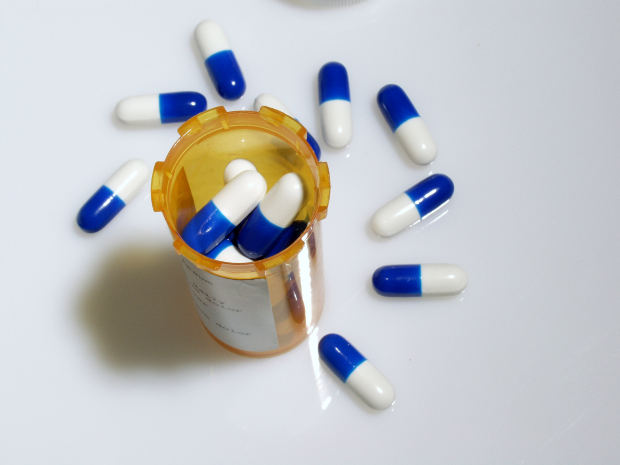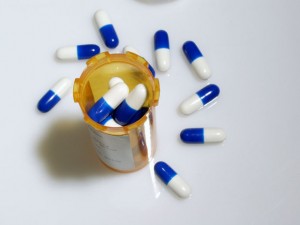Did Yale researchers really discover a way to reverse type 2 diabetes, along with fatty liver disease, using a banned agent that had been used in weight loss pills over 70-years ago?
According to a study published by Science (2-26-2015), Yale researchers developed a controlled-release oral therapy that reversed type 2 diabetes and fatty liver disease (in rats).
Existing therapies for type 2 diabetes, and the closely associated conditions of nonalcoholic fatty liver disease (NAFLD) and nonalcoholic steatohepatitis (NASH), have had limited success at treating the root causes of these diseases.
Building on earlier research, the Yale team – led by Gerald I. Shulman, M.D., the George R. Cowgill Professor of Physiological Chemistry, and professor of medicine and cellular & molecular physiology at Yale School of Medicine – decided to investigate whether an agent that had originally been used for weight loss more than 70 years ago could be reformulated to safely treat NAFLD/NASH and type 2 diabetes in rodent models of these diseases.
Based on their earlier studies, the researchers determined that toxicity associated with the agent – mitochondrial protonophore 2,4-dinitrophenol (DNP) – was related to its peak plasma concentrations.
Continue Reading Below ↓↓↓
DNP was used extensively in diet pills from 1933 to 1938 after Cutting and Tainter at Stanford University made their first report on the drug’s ability to greatly increase metabolic rate. Case reports have shown that an acute administration of 20–50 mg/kg in humans can be lethal. Concerns about dangerous side-effects and rapidly developing cataracts resulted in DNP being discontinued in the United States by the end of 1938. DNP, however, continues to be used by some bodybuilders and athletes to rapidly lose body fat. (WikiPedia)
They discovered that DNP’s efficacy in reducing liver fat and liver inflammation could be achieved with plasma concentrations that were more than a 100-fold less than the toxic levels.
“Besides reversing fatty liver disease in a rodent model of NALFD, a low-dose intragastric infusion of DNP that was 100-fold lower than toxic levels also significantly reduced blood glucose, triglyceride, and insulin concentrations in a rodent model of NAFLD and type 2 diabetes”, said Shulman, who is also an investigator with the Howard Hughes Medical Institute.
In the next phase of the study, Shulman and his team developed a new oral, controlled-release form of DNP, known as CRMP, which maintained the drug at concentrations that were more than a 100-fold lower than the toxic threshold.
Administered once daily, CRMP delivered similar positive results, reversing fatty liver, insulin resistance, and hyperglycemia in rat models of NAFLD and type 2 diabetes, as well as liver inflammation and liver fibrosis in a rodent model of NASH, with no adverse effects.
“Given these promising results in animal models of NAFLD/NASH and type 2 diabetes we are pursuing additional preclinical safety studies to take this mitochondrial protonophore approach to the clinic” said Shulman.
Other Yale authors include Rachel J. Perry, Dongyan Zhang, Xian-Man Zhang, and James L. Boyer. This research was supported by grants from the National Institutes of Health (R01 DK-40936, R24 DK-085638, U24 DK-059635, T32 DK-101019, P30 DK-45735, P30 DK-34989 and UL1 TR-000142) and the Novo Nordisk Foundation Center for Basic Metabolic Research, University of Copenhagen, Copenhagen, Denmark.
Citation: Science











